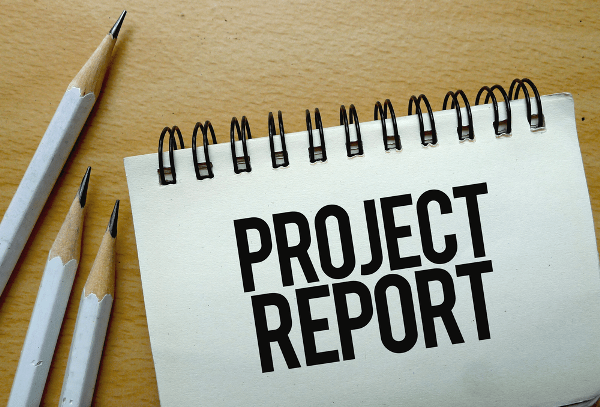What is a Detailed Project Report (DPR)?
A Detailed Project Report (DPR) is a comprehensive document that outlines the details of a proposed project. It is typically prepared before the implementation of a project to evaluate its feasibility, potential risks, costs, and benefits. The DPR serves as a roadmap for the project, guiding stakeholders through each phase of development and implementation.











